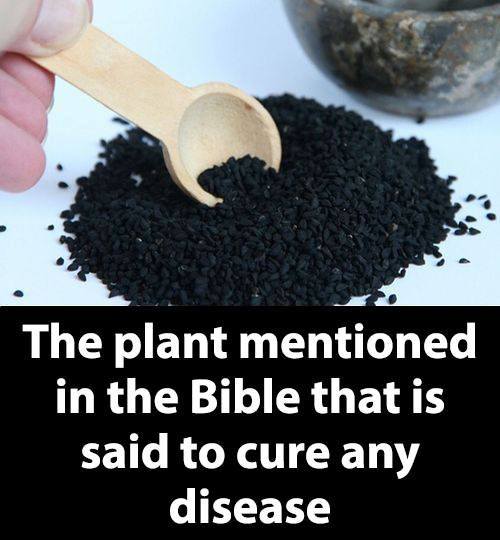ADVERTISEMENT
Other Healing Plants in the Bible
The fig isn’t the only plant with healing associations in the Bible. Here are a few others:
- Frankincense and myrrh – used for antiseptic and anti-inflammatory purposes
- Hyssop – known for its cleansing and purifying properties
- Olive oil – used for anointing and healing wounds
- Aloe – soothing for burns and skin healing
- Pomegranate – rich in antioxidants and symbolic of fertility and health
How to Use Figs for Wellness Today
- Eat Fresh or Dried Figs – Add them to smoothies, oatmeal, or eat as a sweet snack.
- Fig Tea – Brew fig leaves into tea, which may help manage diabetes and bronchitis.
- Homemade Poultice – For skin issues, mash dried figs and apply them to the affected area (as done in Isaiah’s time).
- Fig Leaf Extract – Available in supplement form to support blood sugar and digestive health.
⚠️ Note: Always consult a healthcare provider before using any herbal remedy, especially if you have an existing medical condition or are on medication.
Final Thoughts
The fig tree stands as a powerful symbol in the Bible—of healing, hope, and divine provision. Whether or not it truly “cures all diseases,” as some traditions suggest, it’s clear that figs offer a wide range of health benefits backed by both ancient wisdom and modern science.
So the next time you enjoy a sweet, juicy fig or sip on fig leaf tea, remember: you’re partaking in a tradition that goes back thousands of years—one that may bring more than just physical nourishment, but a deeper sense of connection to the natural world and the healing gifts it provides.
“Each of them will sit under their own vine and under their own fig tree, and no one will make them afraid.”
— Micah 4:4
A fitting reminder that healing, peace, and abundance are always within reach.
